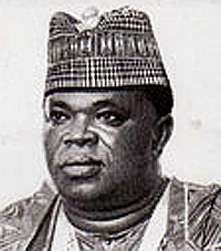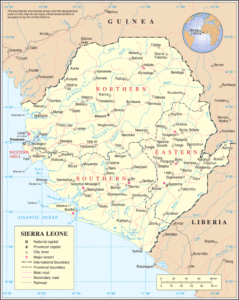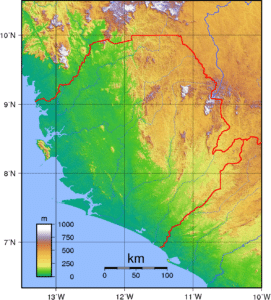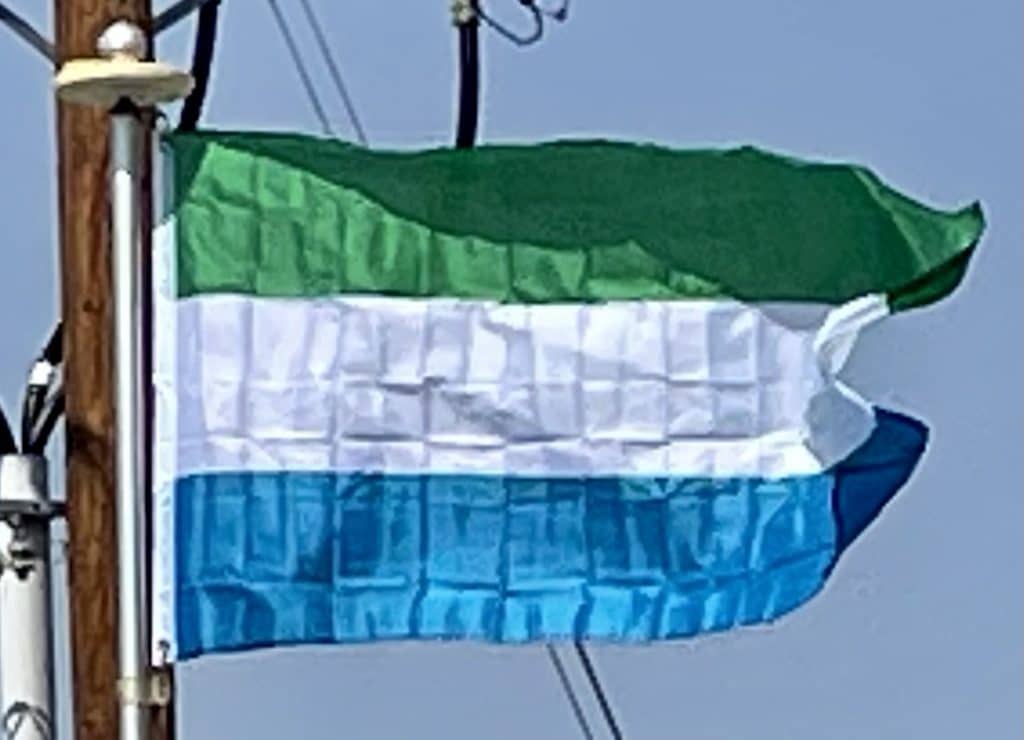Siaka Stevens retired from politics in November 1985 after being in power for eighteen years. The APC named a new presidential candidate to succeed Stevens at its last delegate conference, held in Freetown in November 1985. The candidate was Major General Joseph Saidu Momoh, head of the Sierra Leone Armed Forces and Stevens’ own choice to succeed him. As head of the armed forces, General Momoh had been loyal to Stevens, who had appointed him to the position.

The brutal civil war that was going on in neighboring Liberia played a significant role in the outbreak of fighting in Sierra Leone. The civil war, details of which are available elsewhere (see Introduction for link), was ultimately ended with assistance from a Nigerian led force with additional assistance from British forces.
In 2014 an Ebola virus epidemic in Sierra Leone began, which had widespread impact on the country, including forcing Sierra Leone to declare a state of emergency. By the end of 2014 there were nearly 3000 deaths and about 10 thousand cases of the disease in Sierra Leone. The epidemic occurred as part of the wider Ebola virus epidemic in West Africa. On 16 March 2016, the World Health Organisation declared Sierra Leone to be free from Ebola.
In 2018, Sierra Leone held a general election. The presidential election, in which neither candidate reached the required threshold of 55%, went to a second round of voting, in which Julius Maada Bio was elected with 51% of the vote.
Geography:
Sierra Leone is located on the southwest coast of West Africa. The country is bordered by Guinea to the north and east, Liberia to the southeast, and the Atlantic Ocean to the west and southwest.

Sierra Leone has a total area of 71,740 km2 (27,699 sq mi), divided into a land area of 71,620 km2 (27,653 sq mi) and water of 120 km2 (46 sq mi). The country has four distinct geographical regions. In eastern Sierra Leone the plateau is interspersed with high mountains, where Mount Bintumani reaches 1,948 m (6,391 ft), the highest point in the country. The upper part of the drainage basin of the Moa River is located in the south of this region.
The center of the country is a region of lowland plains, containing forests, bush and farmland, that occupies about 43% of Sierra Leone’s land area.

In the west, Sierra Leone has some 400 km (249 mi) of Atlantic coastline, giving it both bountiful marine resources and attractive tourist potential. The national capital Freetown sits on a coastal peninsula, situated next to the Sierra Leone Harbour.
Economy:
By the 1990s, economic activity was declining and economic infrastructure had become seriously degraded. Over the next decade, much of the formal economy was destroyed in the country’s civil war. Since the end of hostilities in January 2002, massive infusions of outside assistance have helped Sierra Leone begin to recover.
